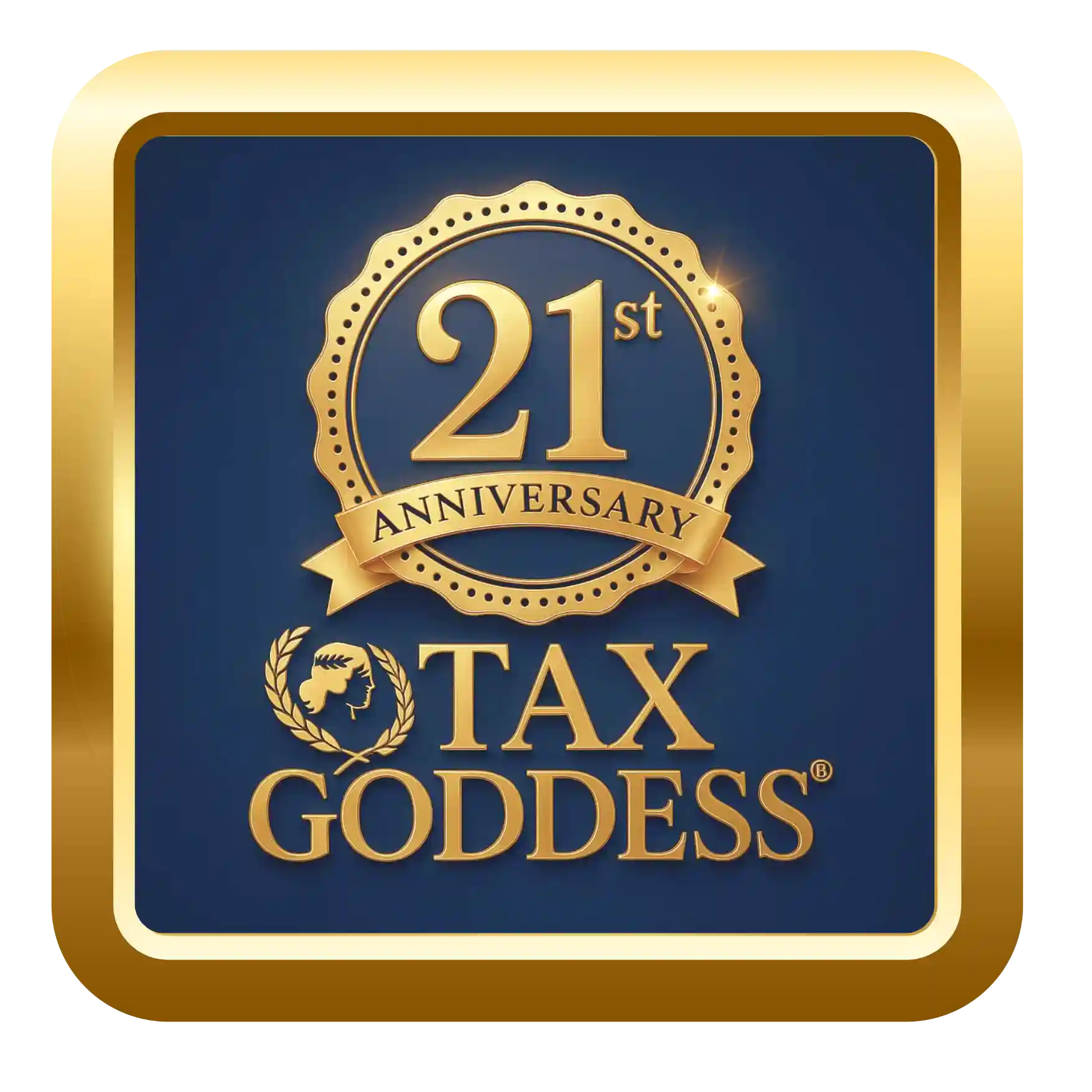From life insurance to health coverage, parking fees, meals, transit passes, flexible spending accounts, and employer-provided cell phones – you’re getting one employer-provided fringe benefit or another from your job.
However, it would interest you to know that some of these fringe benefits are taxable by the IRS. This could fall under employment taxes or affect your estimated taxes as a whole.
The subject matter can be pretty confusing, especially for partners, members of LLCs, and some S Corporation shareholders.
Having a general understanding of how fringe benefits are taxed will give you more precise insights into what you’re earning and how much the taxes you’re paying. It also complicates tax planning and calculating estimated tax payments or withholdings.
So, let’s get cracking!
What are Fringe Benefits?
Fringe benefit refers to compensation or a reward for the performance of service in addition to salary and wages. Fringe benefits are generally taxable and recorded as income. However, this won’t be the case if you paid for the benefit yourself or tax treatment is expressly excluded by law. In some instances, taxable benefits are subject to withholding income taxes, medicare, and social security.
The benefit in question and the type of person receiving the benefit, such as employee, shareholder, member, or partner, determine the tax implications and reporting requirements associated with fringe benefits. The following are categories of persons with complications in fringe benefits taxation:
- Members of LLCs taxed as a partnership/partners in a partnerships
As a member of an LLC or a partner in a partnership, your fringe benefits are considered guaranteed payments or other compensation for self-employment and tax purposes and reported on Schedule K.
- Shareholders of S corporations owning more than 2% of the company’s stock
If you’re a shareholder in an S corporation, your fringe benefits are generally considered additional compensation for income and employment tax purposes and are reported on W-2.
There are, however, exceptions to the general rules. For example, some fringe benefits aren’t taxable to 2% S corporation, LLC members, and partners. Instead, they enjoy the same tax treatment as employees.

Fringe Benefits Subject to Tax
- Employer contributions to Health Savings Accounts (HSAs)
- Health benefits: medical, vision, accident, dental
- Dependent care benefits, up to $5,000 annually
- Employer contributions to Flexible Spending Arrangements (FSAs)
- Educational benefits under qualified assistance programs, up to $5,250 annually
- Group-term life insurance coverage, at 100 percent
- Reimbursements for qualified moving expenses
- Qualified transportation and parking benefits
- Adoption assistance benefits
When it concerns other fringe benefits, LLC members, partners, and 2% S corporation shareholders are usually treated as employees in cases of income and employment taxes. As favorable as they seem, the tax treatments are subject to limits or requirements. For example, some benefits need to be reported under an “accountable plan,” so the partner employee or shareholder must provide receipts to be reimbursed.
Fringe Benefits Not Subject to Tax
- Cell phones provided for noncompensatory business reasons
- Employee discounts
- Services provided at no additional cost to the employer
- Minimal value benefits, excluding gift cards and cash
- On-premises athletic facilities, leased or owned
- Lodging on business premises
- Minimal value (de-minimis) meals
- Working condition benefits
- Retirement planning services, under the employer’s qualified plan
- Meals on business premises provided for the convenience of the employer
Undoubtedly, navigating the rules for taxing fringe benefits isn’t mainly a walk in the park. Several exceptions are making it typically complex. The tips shared in this piece will give you a clearer insight into what you need to watch out for in fringe benefits taxing processes.
Headed by Shauna A. Wekherlien (CPA, Masters in Taxation, and Certified Tax Coach), Tax Goddess Business Services®s P.C. is a tax and accounting firm that specializes in tax reduction, audit assistance, and accounting services. As a top 1% CPA in the US, what sets us apart from other CPA’s is our cutting-edge system in which our team of professionals, we are a team of experienced tax professionals who will work with you to develop a customized plan to reduce your taxes while creating the most-effective financial plan possible. Over the past twenty years, we have helped individuals and business owners from across the US keep more of their hard earned income by saving a total of $423,984,402 and counting. You can book a free consultation here to discuss all tax related queries and get expert advice from our tax professional. Book here Also, our YouTube channel is a goldmine for tax updates and tax reduction strategies. Watch clients' success stories here. Subscribe to our newsletter to stay updated with the secret strategies that we share.








